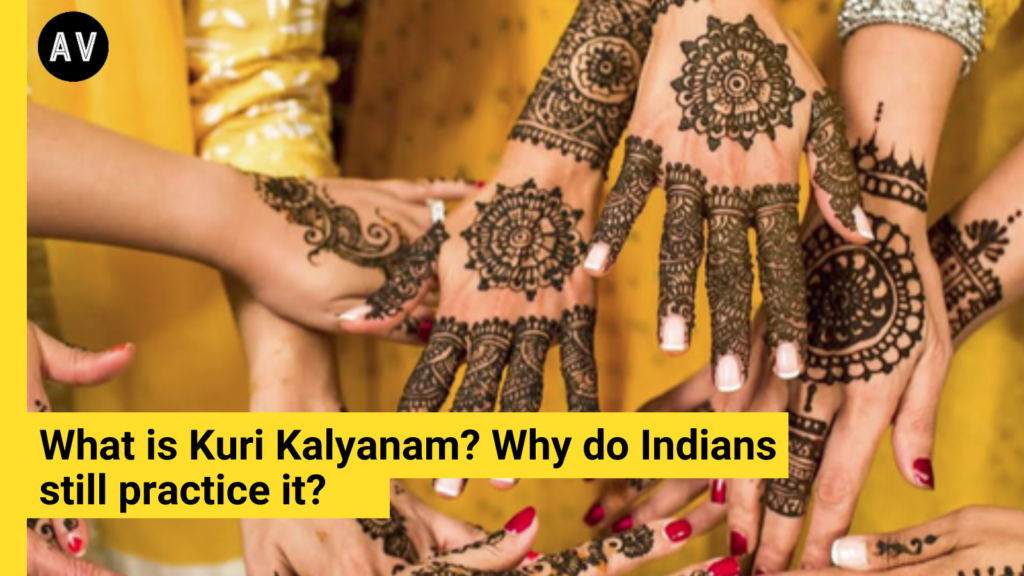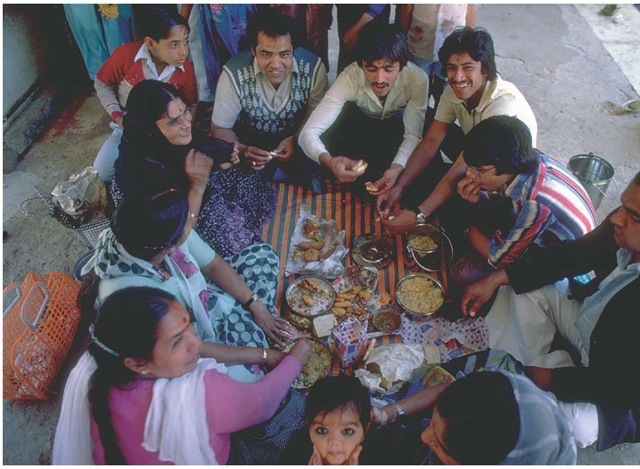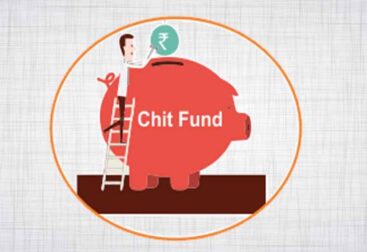Kuri Kalyanam represents a society coming together to help a needy person in their time of need in a rural area, somewhat symbolizing all the good in the society.

In this post you will find
What’s Kuri Kalyanam?
Kuri kalyanam is a small financing method used back in the olden days in some of the villages of Malabar in the region of Kerala or otherwise known in other areas as ‘Payattu’.
Kuri Kalyanam is a microfinance system that existed in several villages in Kerala’s Malabar area during a time when bank loans were difficult to come by. Bank loans were not available back then therefore a monetary system was developed of pooled resources.
Why is Kuri Kalyanam held?
Most often a Kuri kalyanam is held when a person requires some money to marry off their daughters or to construct a house or for their sons’ education or business expansion.
During those days there were no proper institutional support mechanisms there. Usually, such events are held when a person needs to raise a specifically large sum of money in a short amount of time.
Kuri kalyanam is like an invitation to a feast where guests are expected to bring cash gifts. Everyone enjoys a nice party and what better way to get people to give money to you than to organize a big one.

Kuri Kulyanam celebrations are held in south-western India to gather funds for large costs such as staging a wedding or building a house.
Every invited visitor is required to make a monetary contribution — but there is a catch. When it comes time for the host to attend the return party, they are supposed to donate twice as much as they got.
How does Kuri Kalyanam work?
The Kuri kalyanam works as such;
- The owner markets about the Kuri kalyanam and the date it’s being held on, by a word of the mouth and it spreads around.
- Then the owner proceeds to set up a pandal. A pandal is a spacious large open pavilion most normally used for gatherings. With a set up of a few tables and chairs and a music system with decoration for the event.
- Guests will start arriving on their own accord and sit down.
- The owners have to offer snacks varying from laddu, mixture, banana, and tea.
- The owner then sits down and has a friendly chat with the guests for a while, then when they are leaving they donate whatever they have to the organizer. Back then people used to pay ten rupees, five rupees, or fifty rupees. Keeping in mind back then even fifty rupees was worth a lot.
- The details of the amount of money given and the person who gave it are written down in a register book. Everyone who attends the Kuri kalyanam has to end up paying, the organizer gets a totaling amount ranging from five hundred rupees to two thousand rupees.
The Catch:
The receiver has to return double the amount or at least the same amount whenever one of the members hosts a Kuri Kalyanam or when there is a marriage or death, there isn’t a dictated payment period.
The rules are made based on social relationships. The compulsion of repayment was morale, in their culture. Failure to pay back or delay payment would just put them to shame and personal humiliation in the organizer’s society.
Closing
Kuri Kalyanam is a beautiful event in itself, as people gather together in commemoration as a society helping one another. It was used as a type of informal social banking system to help the needy.
There is no written law stating you have to attend such events but people do feel obligated to join which makes it all the more a phenomenal moment. It was a good system in helping others, there was a sense of understanding and concern among the people, sort of like a fundraising festival.
Check out more money saving methods from around the world.






